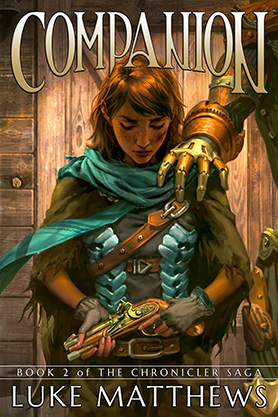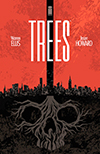 Episode 99 of Trade Secrets is now available! On our penultimate episode, the TSP crew discusses the Fantastic Flop, being an asshole for your fandom, and the Warren Ellis/Jason Howard slow-burn speculative sci-fi book TREES!
Episode 99 of Trade Secrets is now available! On our penultimate episode, the TSP crew discusses the Fantastic Flop, being an asshole for your fandom, and the Warren Ellis/Jason Howard slow-burn speculative sci-fi book TREES!
THERE IS ONLY ONE EPISODE OF TRADE SECRETS LEFT! That’s right, the show will be ending for good with episode 100. We’d love to hear from fans for our final show, so if you have a favorite moment, favorite book we’ve reviewed, or favorite episode of the show, please let us know by e-mailing tradesecrets@geekerific.com, and we’ll read your comment on the show!
Subscribe to the show on iTunes or by clicking on the feed to the right, or download this individual episode HERE!

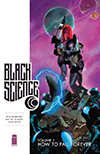 Episode 85 of Trade Secrets is now available! On this episode, the TSP crew tries to wake up, argues over the best Indiana Jones movie, and discusses the Remender/Scalera speculative sci-fi book BLACK SCIENCE!
Episode 85 of Trade Secrets is now available! On this episode, the TSP crew tries to wake up, argues over the best Indiana Jones movie, and discusses the Remender/Scalera speculative sci-fi book BLACK SCIENCE!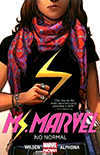 Episode 84 of Trade Secrets is now available! On this episode, the TSP crew discusses Star Trek Lin-sanity, some of our favorite comics of 2014, and the reinvention of a classic superhero in MS. MARVEL!
Episode 84 of Trade Secrets is now available! On this episode, the TSP crew discusses Star Trek Lin-sanity, some of our favorite comics of 2014, and the reinvention of a classic superhero in MS. MARVEL!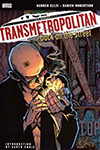 After a one week delay, episode 80 of Trade Secrets is now available! On this episode, the TSP crew discusses the Silver Surfer’s endowment, Doctor Domashev’s D&D alignment, and the entire run of Warren Ellis & Darick Robertson’s iconic TRANSMETROPOLITAN!
After a one week delay, episode 80 of Trade Secrets is now available! On this episode, the TSP crew discusses the Silver Surfer’s endowment, Doctor Domashev’s D&D alignment, and the entire run of Warren Ellis & Darick Robertson’s iconic TRANSMETROPOLITAN!

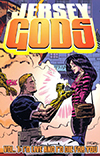 Episode 76 of Trade Secrets is now available! On this episode, the TSP crew discusses Alan Moore’s million-word novel, Dong of Justin, and the Jack Kirby homage/satire JERSEY GODS!
Episode 76 of Trade Secrets is now available! On this episode, the TSP crew discusses Alan Moore’s million-word novel, Dong of Justin, and the Jack Kirby homage/satire JERSEY GODS! Episode 75 of Trade Secrets is now available! On this episode, the TSP crew discusses comic book TV casting news, awesome comics with female lead characters, and the Brubaker/Epting 70’s spy thriller VELVET!
Episode 75 of Trade Secrets is now available! On this episode, the TSP crew discusses comic book TV casting news, awesome comics with female lead characters, and the Brubaker/Epting 70’s spy thriller VELVET!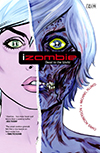 Episode 74 of Trade Secrets is now available! On this episode, the TSP crew discusses TMNT, combining the Marvel and X-Men cinematic universes, and the soon-to-be-a-TV-show Vertigo book IZOMBIE!
Episode 74 of Trade Secrets is now available! On this episode, the TSP crew discusses TMNT, combining the Marvel and X-Men cinematic universes, and the soon-to-be-a-TV-show Vertigo book IZOMBIE!
